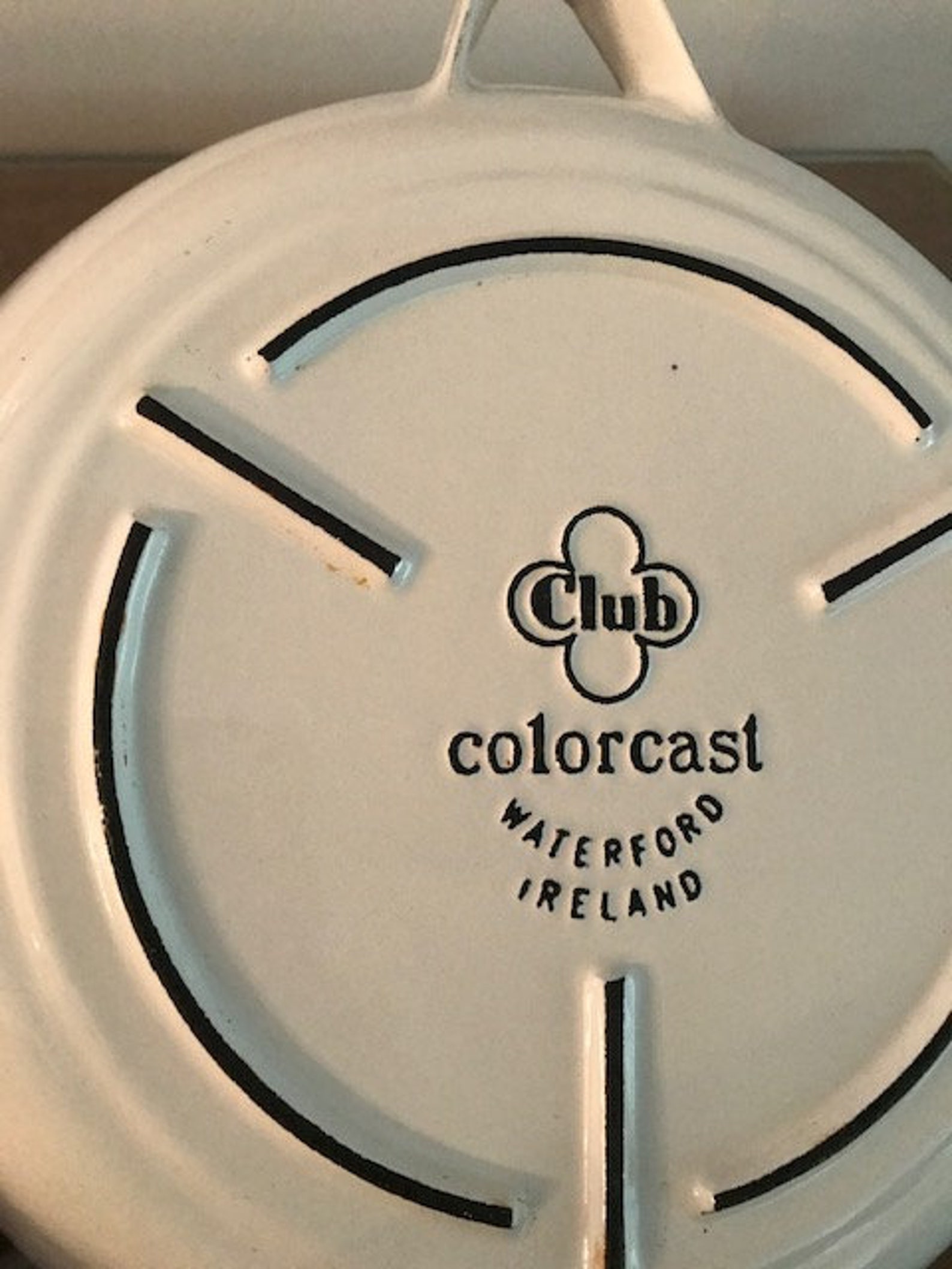

Just like the stamping class, it will be $5 to buy through September, and once we hit October, it will be $10. You shouldn’t need to do any extra shopping, just use what you’ve already bought! There is some use of acrylic paint and one option to use something thicker like texture paste/embossing paste/thick gesso/glaze, but I include thoughts on what to use for a similar effect if you don’t have those in your stash.
COLORCAST DYES SERIES
The next focus in this series will be stencils, and it will be available this weekend! Same format: four videos about the same length, around 22 minutes, each featuring a stencil originally featured in the Best of Both Worlds shopping lists, but easy to use with any stencils you may have purchased and not used enough yet to feel like it was a strong investment.Īgain I’m trying to steer clear of big specialist tools and extras – best to be able to use your scraps of paper and the ink pad collection you already have, I think! So with the stencils, most of the ideas stick to Distress Oxide inks again. If the film contains a cast, filters can be used during photo processing to correct it.Thank you so much for your wonderful enthusiasm for the Use What You Buy concept and this first set of videos featuring stamp sets. If the film itself does not contain any cast, it can be reused to create another set of photographs in proper chemical conditions. In the case of film, if photographs all contain the same cast, it is usually indicative of improper chemical development. If a filter is unavailable, flash is an alternative solution which usually provides enough neutral white light to counter the cast. Clouded sky, for example, requires a paler amber than clear blue sky. Colour temperature meters can read the temperature of the existing lighting conditions and guide the selection of the filter. A photographer chooses which filter to use based on the quality of the ambient light. Kodak's amber filters, for example, vary from palest yellow ("81C") to deepest amber ("85B"). Blue filters reduce the orange colour caused by incandescent light.Ī variety of coloured filters in varying degrees of intensity are available. Amber filters are used to reduce the blueish tint caused by daylight. For film, blue filters and amber filters are used to counter casts.

Otherwise, photo editing programs, such as Photoshop, often have built in colour correction facilities. Most digital cameras try to automatically detect and compensate colour cast and usually have a selection of manually set white balance settings to choose from. The same photo with the colour cast corrected These may be correctable on a scanned version of the photograph with image editing techniques. Improper timing or imbalanced chemical mixtures can cause unwanted casts.Ĭolour casts can also occur in old photographs due to fading of dyes, particularly under the action of ultraviolet light. In film, colour casts can also be caused by problems in photo development. The human eye generally does not notice the unnatural colour, because our eyes and brains adjust and compensate for different types of light in ways that cameras cannot. Illuminating a subject with light sources of different colour temperatures will usually cause colour cast problems in the shadows. Ĭertain types of light can cause film and digital cameras to render a colour cast. JSTOR ( July 2020) ( Learn how and when to remove this template message)Ī colour cast is a tint of a particular colour, usually unwanted, that evenly affects a photographic image in whole or in part.Unsourced material may be challenged and removed. Please help improve this article by adding citations to reliable sources. This article needs additional citations for verification.


 0 kommentar(er)
0 kommentar(er)
